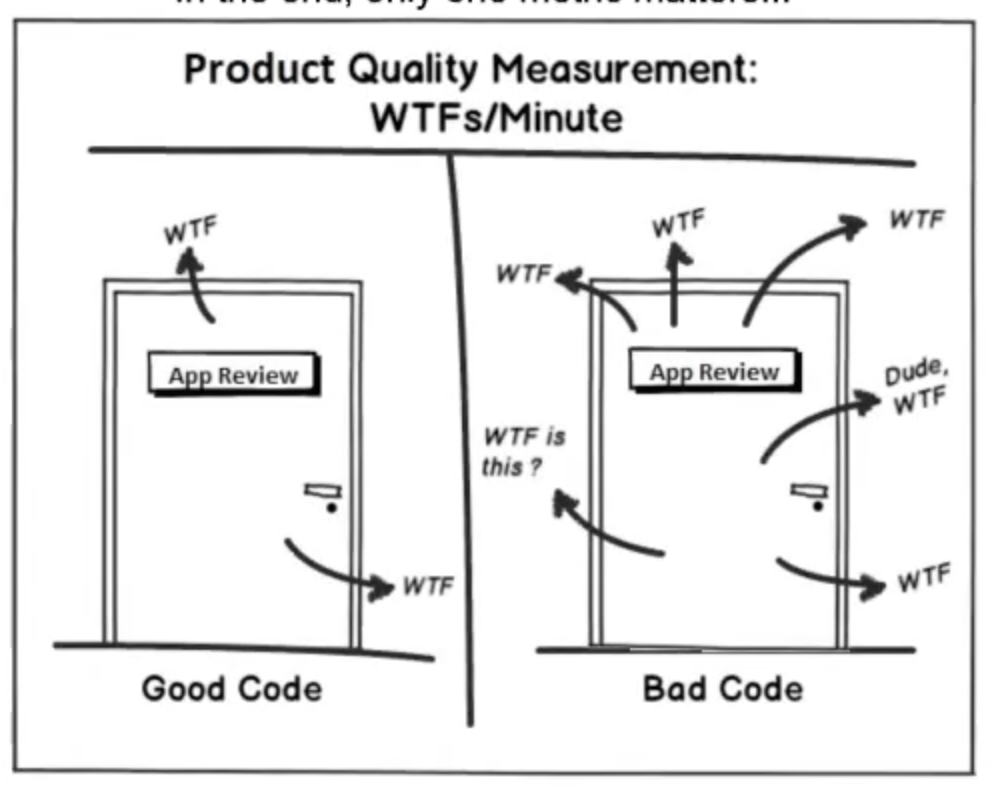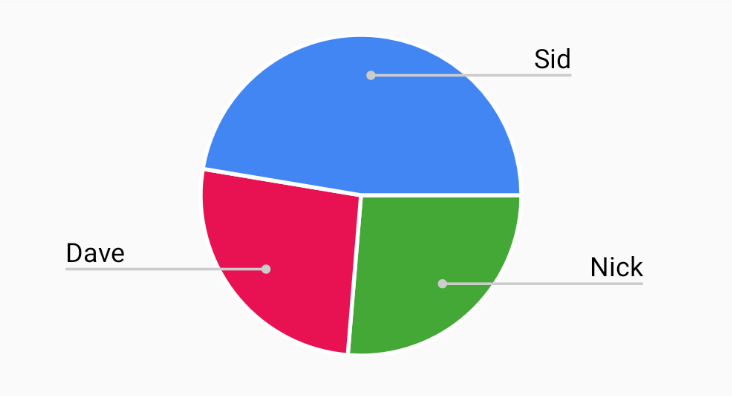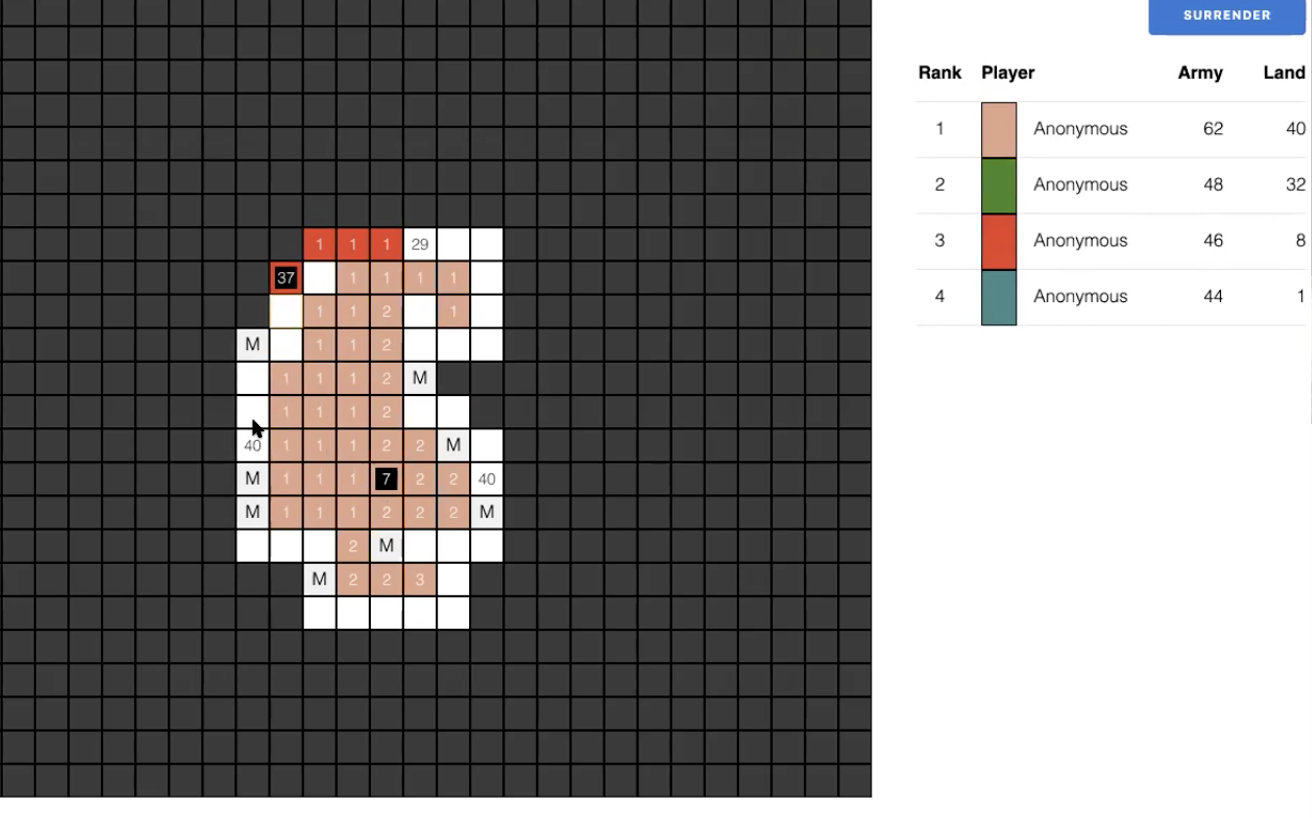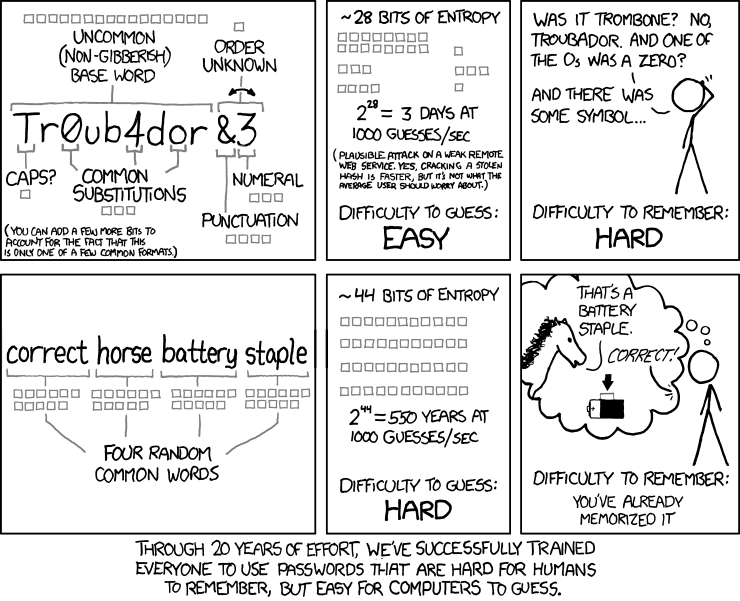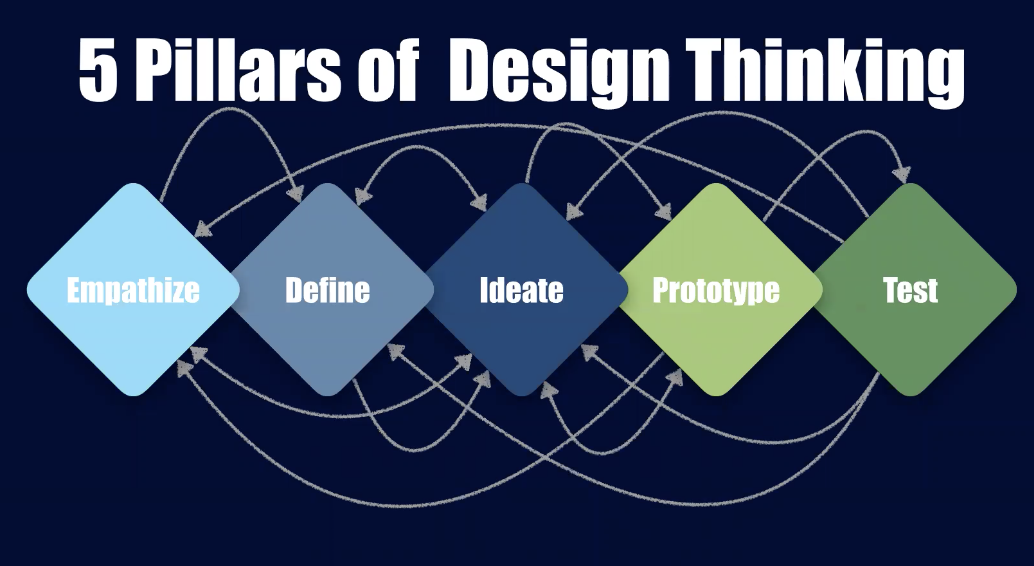Streamlining mobile development with CI and CD
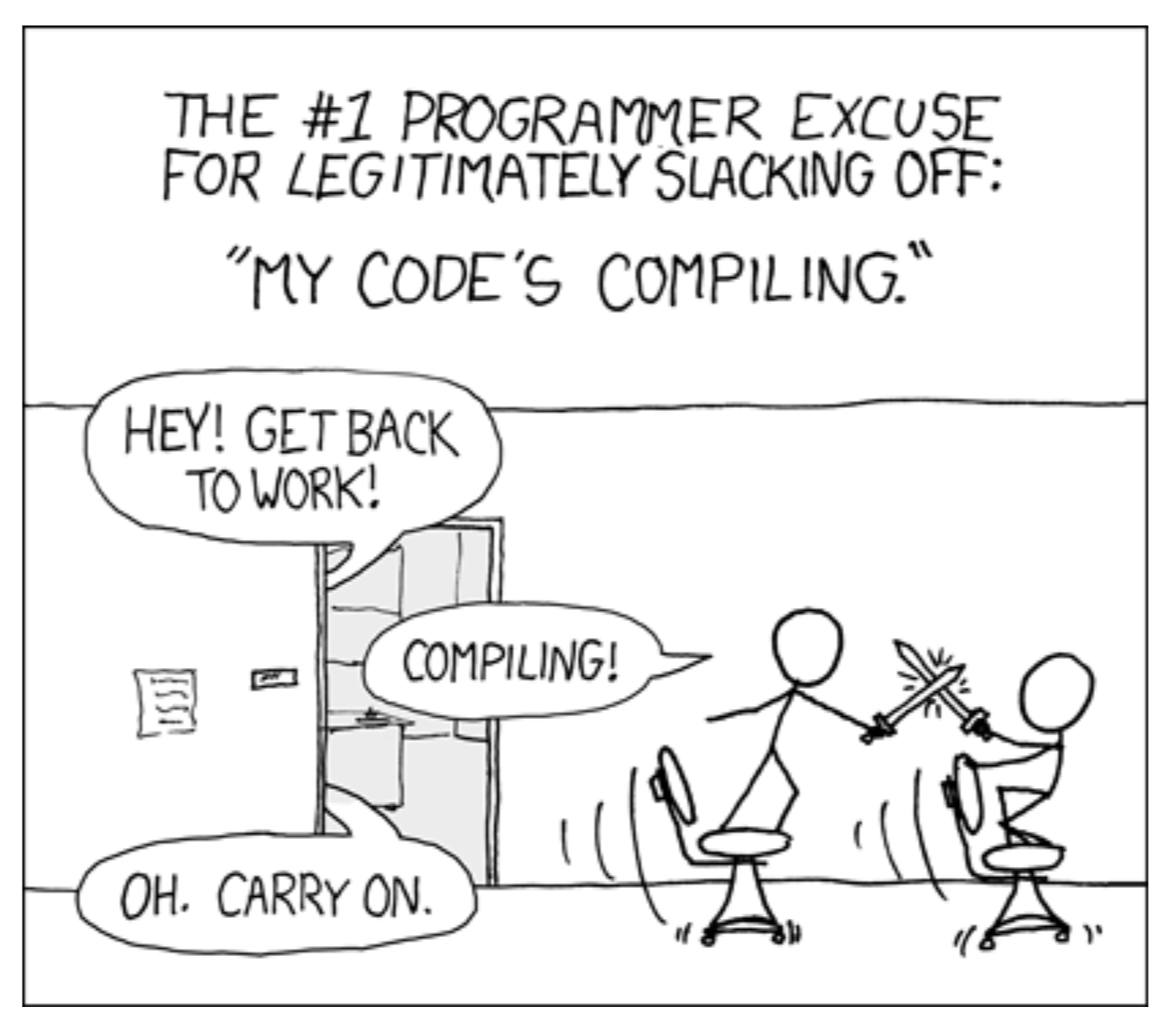
Continuous integration (CI) and continuous delivery (CD) have significantly improved both my productivity as a developer and my team’s ability to execute smoothly and efficiently on a variety of projects. In this post, I’ll explain how CI and CD work, talk a bit about the benefits of these practices, and walk through an example that illustrates how to set up your own CI/CD systems.

